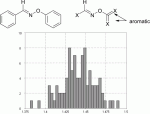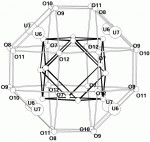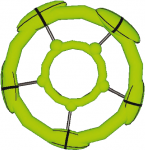J. Appl. Cryst. (2008), 41, 531-536. Â Â [ doi:10.1107/S0021889808005463 ]
Librational motion within a crystal structure distorts the measured bond distances and angles from their physical values. TLS analysis of a rigid molecule or a rigid part of a molecule allows the calculation of bond-length and angle corrections. Until now, no estimate of the error … Read the rest


